The blend is a perfect fusion between the delicate lavender flowers and the lively flavors of coconut, which gives the palate sweet and strong sensations at the same time. With a relaxing final note. A pleasant warm infusion, it enhances the floral part of lavender and pea flowers. Also excellent fresh, thanks to the fruity nuances of coconut and pineapple.
Coconut and lavender infusion: properties and benefits
The infusion of lavender is an excellent drink for our body, which makes its diuretic and purifying qualities available. In fact, infused lavender flowers have historically been used as an antiseptic for the urogenital tract, in order to counteract cystitis and irritation with natural remedies. The blend also becomes useful for purifying the body, thanks to the combined diuretic and detox action of pineapple, lavender and coconut. Lavender infusion is an excellent "tea" to relax, a true aromatherapy agent due to its calming properties.
Together with coconut, it enhances its effect on good mood and gives flavor notes between exotic and sweetish, perfect for relaxing and pleasantly sipping the infusion. Helps treat headaches or stress soreness by breathing in the sweet aroma of lavender and coconut. As a diuretic and relaxant, it also helps reduce heart rate and blood pressure. Excellent infusion also to soothe the stomach and intestinal transit: the combination with coconut and lavender, as well as pineapple bromelain, allows for proper digestion.
By taking this infusion, you also take several beneficial minerals (potassium, magnesium) and antioxidants - compounds that destroy free radicals, i.e. the molecules that cause oxidative damage to our cells.
Blue pea flowers contribute to this, displaying a concentrate of antioxidant anthocyanins. In addition, these flowers also help the calming component of the infusion, relieving stress.
Origins and History of cultivation
The herbal tea blend features various natural elements that help the well-being of the urinary and digestive systems. Essential is lavender (Lavandula angustifolia), an evergreen Mediterranean plant that belongs to the same family as mint and sage. There are about 20 species of lavender with hundreds of varieties, but the best known are native to mountainous regions bordering the Mediterranean, such as France and Italy. The name derives from the Latin verblavare "to wash" or "to bathe".
In the infusion of the flowers, lavender buds are used which grow into small purple flowers. Its sweet fragrance has been known for centuries, used as a perfume in skin care products; it was a favorite element in the herbal baths of the Greeks and Romans. In the Middle Ages, it was also used as an aphrodisiac. For this reason, in more recent times lavender has been used in aromatherapy for its soothing effects. In the past, lavender infusion was often used to calm the nerves and sleep better; perhaps mixed with other herbs such as chamomile, to obtain a more relaxing effect. Traditional uses of lavender also included activity as a natural antimicrobial cleaner, active against insects; from ancient times until today, lavender has been used as an ingredient in household detergents.
The coconut derives from the homonymous palm, whose origin is not fully known. Some scholars argue that it is native to Southeast Asia, and that it has spread throughout the tropics, thanks to its floating properties. The coconut, in fact, can travel considerable distances in the sea, through natural dispersal. For this reason, today the coconut palm grows on all tropical beaches of the world. It has been known to man for thousands of years, and was used as food in India as early as the 4th century BC. It was imported into Europe by Arab traders as early as the fourteenth century, bringing it from India, Sumatra, the Maldives and neighboring territories. Many parts of the ships were built entirely out of coconut tree and various nut-derived materials. Its diffusion arrived in the nineteenth century, when the coconut was exported from tropical regions by the English, who knew and exalted its medicinal and food virtues. Since then, coconut has become a highly regarded food worldwide in the form of flakes, coconut water, coconut milk; and many other transformations from the internal fleshy part and the juice contained in the nut.
Plant and flowers
To create this infusion, several ingredients have been used: pineapples, coconut, lavender flowers, blue pea flowers. Lavender has several varieties, and the most common and effective one is the "true" lavender, Lavandula angustifolia Miller, of the Lamiaceae family. Other typologies are represented by the spike lavender (Lavandula latifolia Med.) and by the Lavandula hybrida Rev., a natural hybrid between the two, often called Sink.
Hybrid lavender is widespread in Italy and has an aroma closer to camphor. "True" lavender is a small evergreen shrub with greyish-green leaves and flowers gathered in spikes. Lavender fields are famous for their beauty and are widespread: it is easy for this plant to adapt to various terrains and latitudes. It prefers dry and sunny areas, sheltered from the wind. It blooms differently depending on the species, usually from spring to summer. The coconut comes from the coconut palm (Cocos nucifera), of the Arecaceae family. It grows in tropical areas with a slender and leaning trunk, up to about 25 meters in height. It shows the famous giant leaves and the ripe, ovoid-shaped fruits.
Coconuts have a thick, fibrous skin that surrounds the individual seed. A hard shell encloses the internal endosperm, composed of a fleshy part and some liquid.
The blue flowers of the Clitoria ternatea plant are known as blue pea flowers, butterfly pea or cordophan pea. Clitoria ternatea is a climbing herbaceous plant, native to equatorial Asia, and over time it has spread to Africa, Australia and the Americas. The flowers are deep blue in color, with white hues, with an oval shape. The fruits are pods, which contain 6 to 10 seeds for each pod. Pineapple comes from the Ananas comosus plant, belonging to the Bromeliaceae family.
The plant displays stiff leaves, which are born on top of a fleshy stem. In some varieties, an inflorescence forms on a stem about 15-20 months after planting. The light purple flowers become fleshy and merge with each other and with their bracts (modified leaves), to form the large pineapple fruit.
Nutritional values of coconut and lavender infusion
The main active ingredients of this infusion include fatty acids, B vitamins, vitamin C and minerals such as potassium, manganese and selenium. In addition, they provide antioxidants from lavender, anthocyanins from blue pea flowers and beneficial substances such as pineapple bromelain.
How to use the ingredients in the infusion The infusion is obtained by placing about 3-5 grams of the coconut mixture in a cup (250 ml) and lavender with water at 100 °C. Leave to infuse for 10 to 12 minutes before drinking. Add honey or sugar, if desired.
Coconut and lavender infusion: side effects and contraindications
It is necessary not to exceed the consumption of the infusion for too long periods. Excessive intake can cause constipation, nausea, headache, drowsiness. Lavender has a slight sedative effect, therefore it is advisable to consume the infusion before sleeping, and to inquire with a specialist if you are taking tranquilizers - it could interfere. Caution is advised in pregnant or breastfeeding women.







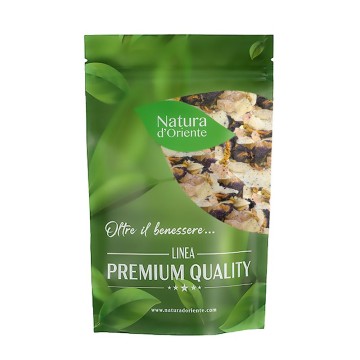



 No reward points for this product.
No reward points for this product.
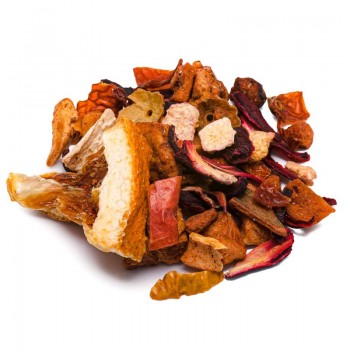
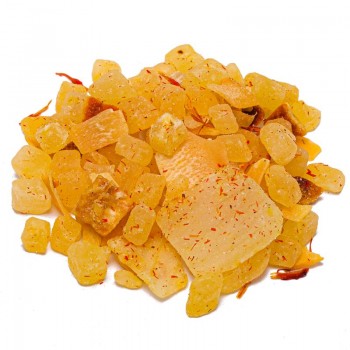
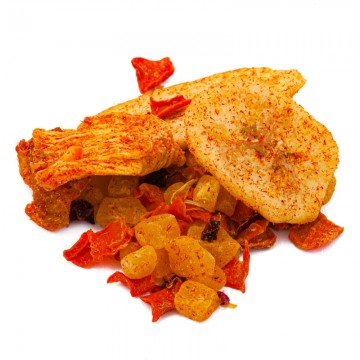
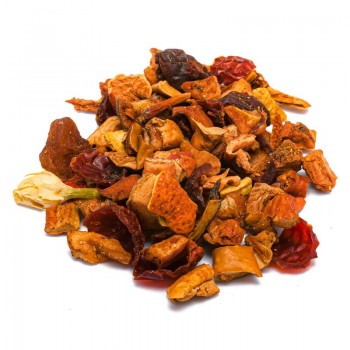

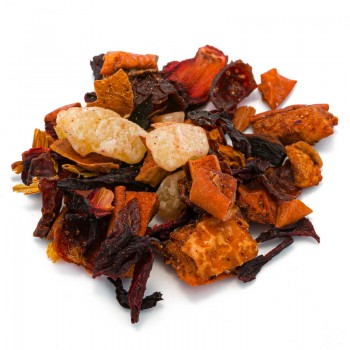
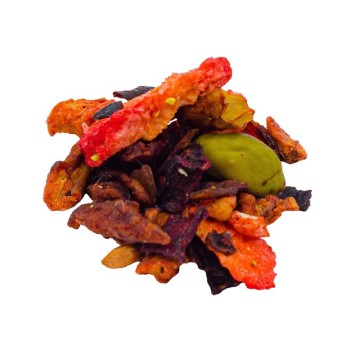
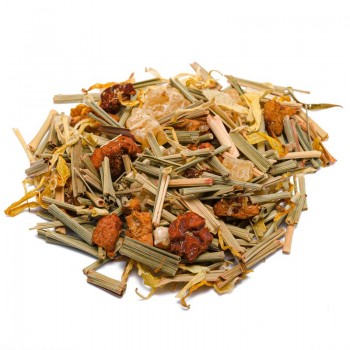
![infuso pesca e vaniglia [Natura d'Oriente]](https://www.naturadoriente.com/3538-home_default/infused-peach-vanilla.jpg)
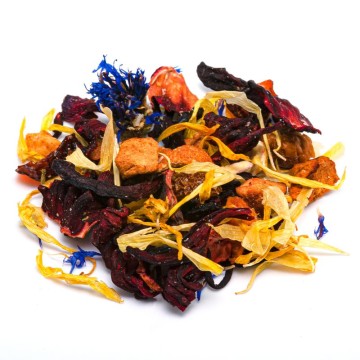

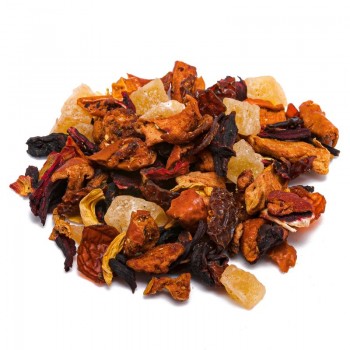
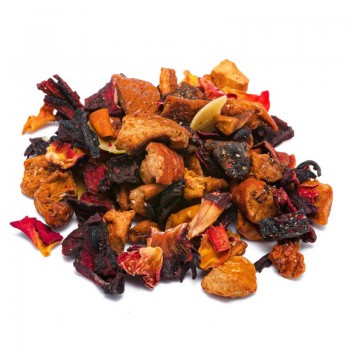
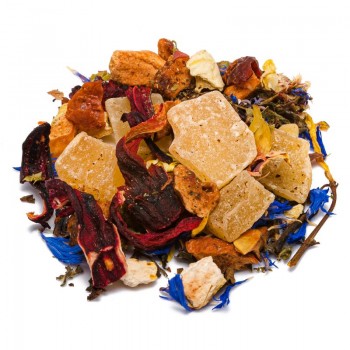
![infuso frutti rossi [Natura d'Oriente]](https://www.naturadoriente.com/3542-home_default/infusion-of-red-fruits.jpg)
